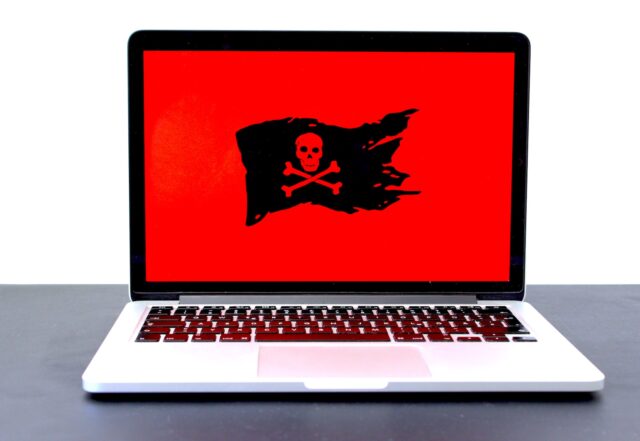
Malware has been around since the early days of personal computing. Want to know more about the history of malware? Read on.
Malware’s history
The first recognized malware designed to infect PCs was created by two Pakistani brothers: Basit and Amjad Farooq Alvi. The two brothers wanted to prove that the PC was not as secure as its manufacturers had promised – creating the floppy disc delivered Brain A virus as a form of experimental test in 1986. Since this experiment, malicious software development has expanded and diversified to a degree that the brothers would likely have found absolutely bewildering. Malware has been used by cybercriminals, spies, militaries, and saboteurs for just about every reason under the sun. The increasingly networked nature of human business and society has allowed malware to become a huge threat.
Malicious software has diversified a great deal. Businesses and government organizations are some of the most prominent targets. This article is a guide to some of the most prominent types of malware being unleashed on organizations and individuals today.
Ransomware
The concept behind ransomware is a relatively simple one. Once a network is infected, ransomware swiftly encrypts as much data as possible. It then produces a ‘ransom note’ – requesting that an individual or organization pay money in order to receive a decryption key so that they can access their files again. In many cases, the decryption key never arrives, even if the ransom is paid in full. Ransomware protection is one of the most fundamental aspects of modern malware security.
Several high-profile ransomware attacks have devastated thousands of organizations. Perhaps the most famous is the Wannacry attack – allegedly developed by hackers working for the North Korean government in their pursuit of cold hard cash.
Adware
Adware is perhaps the least dangerous kind of malware in circulation today – but that does not stop it from being extremely disruptive. Once a computer or network is infected with adware, users will be inundated with pop-up advertisements. These advertisements are often pornographic in nature, which makes them extremely inconvenient and also potentially harmful to young children using a network.
Trojan
Like its ancient equine namesake, trojan malware gets through defenses by pretending to be legitimate. Trojan malware often masquerades as harmless software. It can only infect a system if it is installed directly by the victim. The best way to protect a system against trojan malware is to always download software from reputable sources and to always scan new software before installing it.
Virus
Virus malware is especially insidious. Once it is present in a network, it will indiscriminately infect all of the software within that system. This makes virus malware extremely hard to get rid of and immensely dangerous when unleashed on a large system that does not have a zero-trust security apparatus.
Spyware
Once installed onto a computer or into a network, spyware sends the activity of legitimate users over to malicious actors. The most common form of spyware is a keylogger. Keyloggers record and send every keystroke that a person makes.








